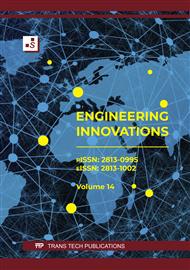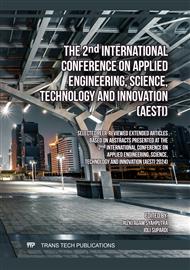p.1
p.15
p.25
p.37
p.45
p.53
p.61
p.71
p.85
Study of Solar and Wind Energy Potential for Power Generation in Pulo Aceh
Abstract:
Pulo Aceh is a region located in the westernmost part of Indonesia. The remote location of Pulo Aceh, far from urban areas, makes transportation costs for economic activities more expensive and affects the income of the community. On the other hand, the lack of adequate infrastructure and the long transmission distance make it difficult to establish electricity from the national power company (PLN), resulting in limited electricity supply in Pulo Aceh. This study aims to assess the potential of wind and solar energy in Pulo Aceh as alternative sustainable energy sources. The study was conducted by collecting wind speed and solar radiation data for four months, from January to April. The data was analyzed to determine the energy potential that can be generated from these sources. The research results show that Pulo Aceh has significant potential for harnessing wind energy. The average wind speed during the research period reaches 4-8 m/s, which is sufficient to drive wind turbines and generate electricity ranging from 319-666 W. Furthermore, the potential of solar energy generated is also promising, with an average solar radiation intensity of 814-827 W/m² throughout the research period. Therefore, the potential of both wind and solar energy can be utilized, either in rotation or in combination (hybrid) form.
Info:
Periodical:
Pages:
37-44
Citation:
Online since:
April 2025
Authors:
Keywords:
Permissions:
Share:
Citation:



